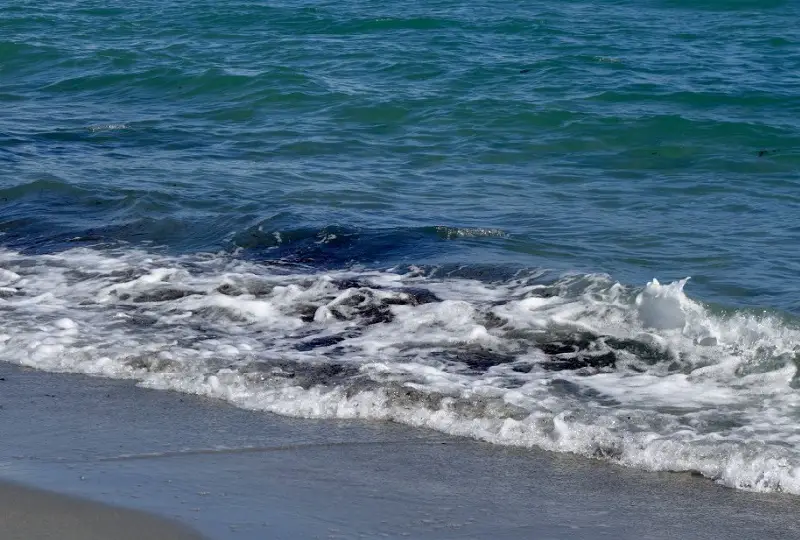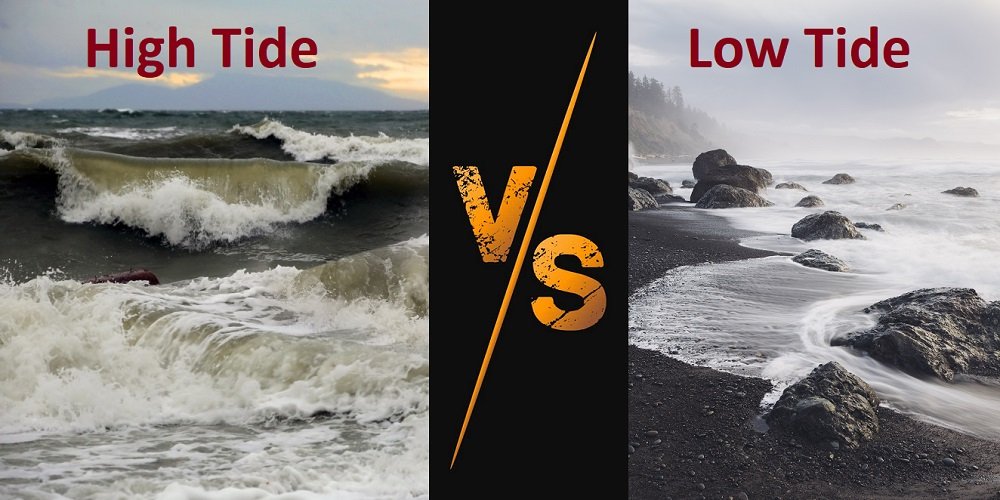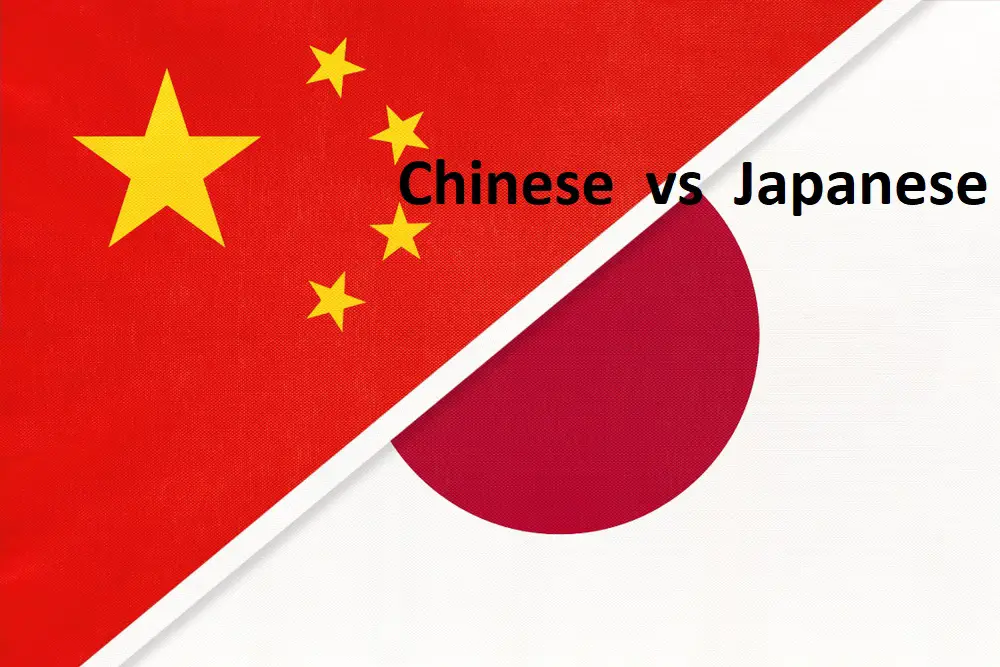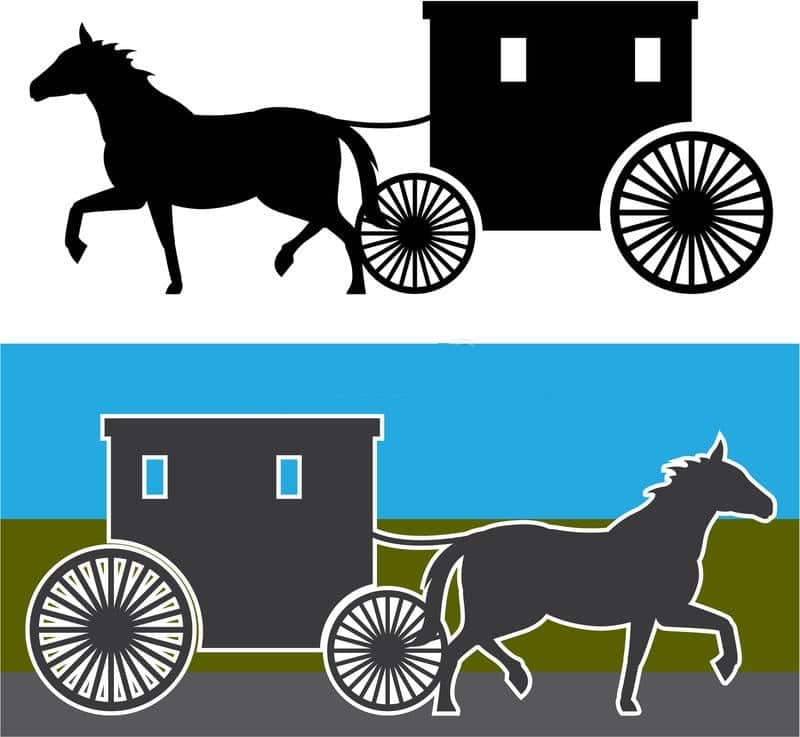High Tide Vs. Low Tide: What Are The Differences?
If you have ever seen a picture or gone to the beach, you’ll have noticed the periodic movement of tides. But what is the difference between high and low tide? Here we’ll take a look at them and answer that question.
High Tide vs. Low Tide: An Overview
High tide and low tides are both different stages of the tidal cycle. The tidal cycle refers to the rise and fall of sea level, which occurs due to the gravitational pull of both the sun and moon.
Although all tides consist of high and low points, the number can vary from area to area. To understand high tide vs. low tide, we need to refer to tidal cycles in some detail.
When the water reaches the highest point during the tidal cycle (after the flood tide stage), we call that point high tide.
Typically, if we were to plot the motion of a wave in a graph, this would be illustrated as the point where the wave’s amplitude is the greatest or the maximum of the wave.
After the wave moves towards its peak, it begins to fall, and the height of the wave slowly decreases. This falling motion is known as an ebb tide, and the height of the wave continues to decline until a minimum point is reached.
The point at which the tide stops falling is known as low tide. Similarly, if we were to plot this in the same graph, the minima of the waveform would indicate the low tide.
What Is High Tide?

The highest point that a tide can reach during the tidal cycle is known as high tide. This occurs when the moon is directly over a particular region.
Due to the shorter distance, the gravitational force is increased, and the water ends uprising. As a result, the sea level rises until it reaches the maximum level.
When a high tide occurs, water tends to come up to the shore. Beaches and shorelines become narrower or smaller as a result. High tides are preceded by flood tides.
What Is Low Tide?

When the moon is furthest away from a region, the gravitational pull is weaker, which results in the tide falling. When the tide reaches its lowest point, the stage is called low tide. The gravitational pull from the moon is at its weakest during this time.
The water retreats to the sea during low tides, leaving more land exposed on shorelines or beaches. Ebb tides occur before low tides are reached.
Recommended for You:
Main Differences Between High Tide and Low Tide

- High tides occur first, and then they are followed by low tides.
- When high tides occur, the gravitational pull of the moon is the strongest. When low tides occur, the gravitational pull is the weakest.
- Sea levels rise during high tides. During low tides, sea levels decrease.
Low Tide vs. High Tide: The Comparison Table
| Parameters Of Comparison | High Tide | Low Tide |
| Definition | The point at which the tide stops increasing or conversely the highest point of a tide | The point at which the tide stops decreasing or conversely the lowest point of a tide |
| Occurs After | High tide is seen after the flood tide stage, where the sea level starts to rise | Low tide is seen after the ebb tide stage, where the sea level starts to fall |
| Moon’s Rotation | High tides occur when the moon is directly above that region or closest to it | Low tides occur when the moon is furthest away from that region |
| Effect | The water level rises, which causes water to advance to shore or beach | Water level decreases which cause water to retreat and reveal more of the coast or beach |
Conclusion
We hope that this has article illustrated the difference between high and low tide.
They are both prominent stages of the tidal cycle and alternate between different periods. The period is dependent on the area as not all areas have similar tidal cycles.






